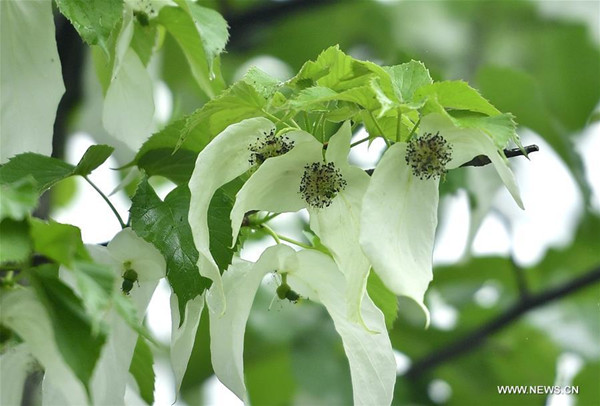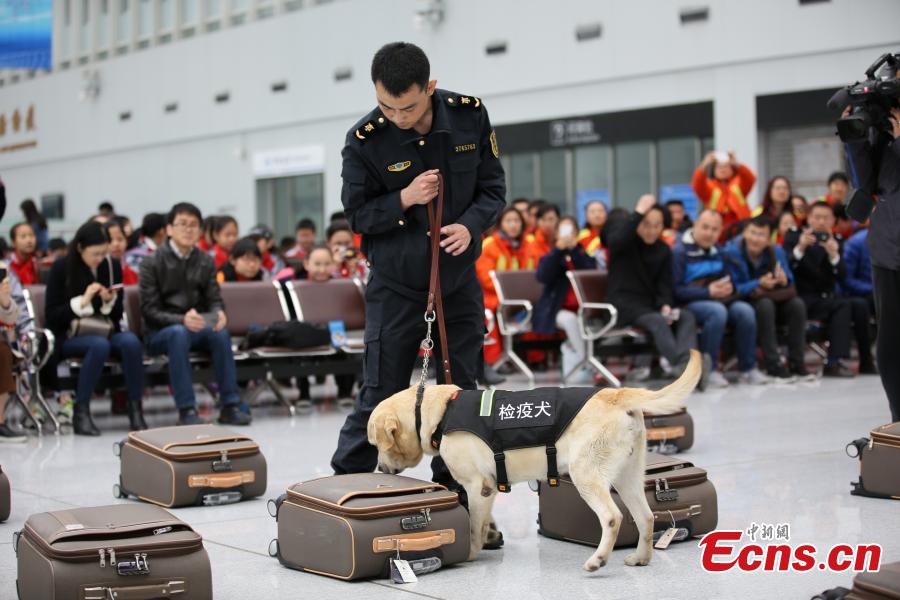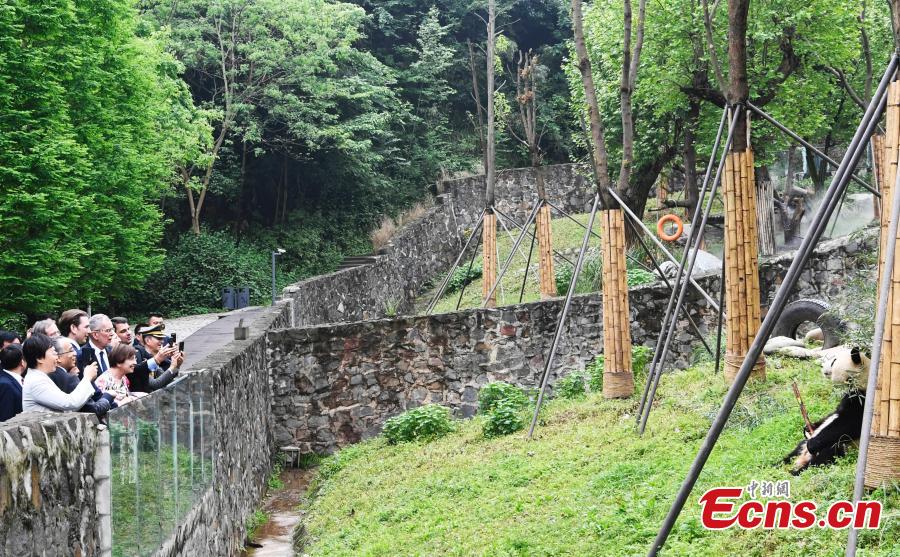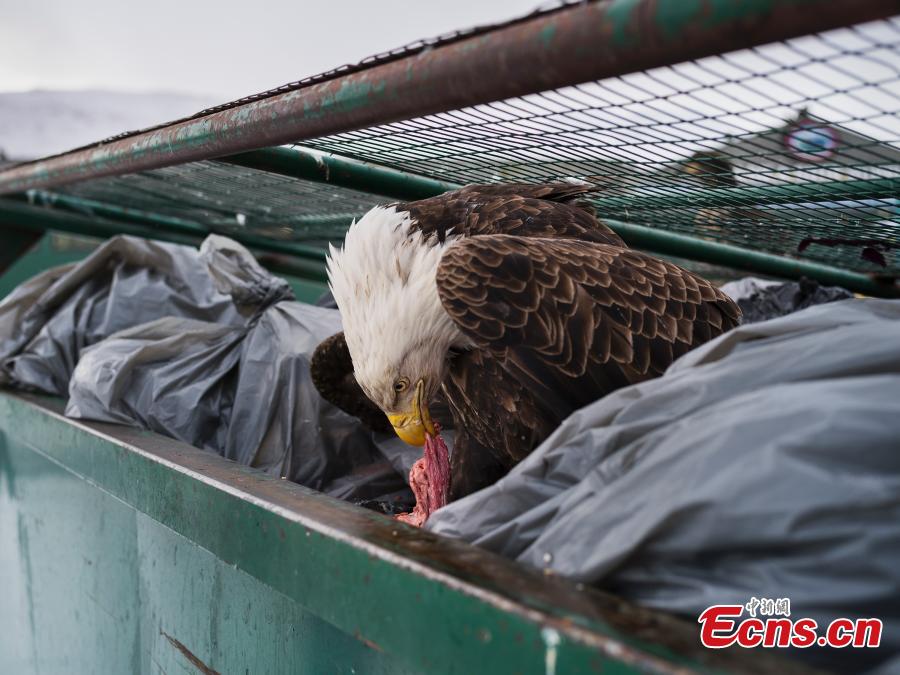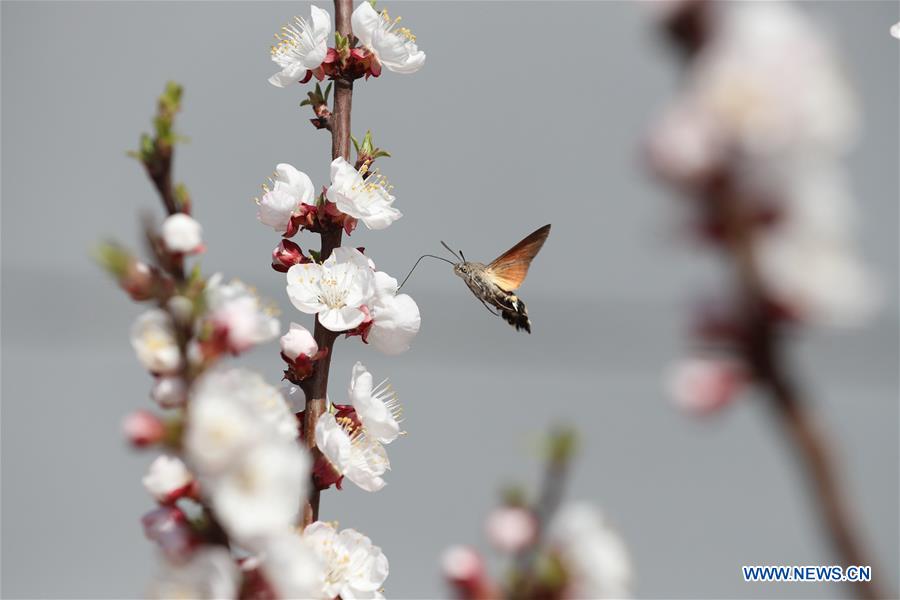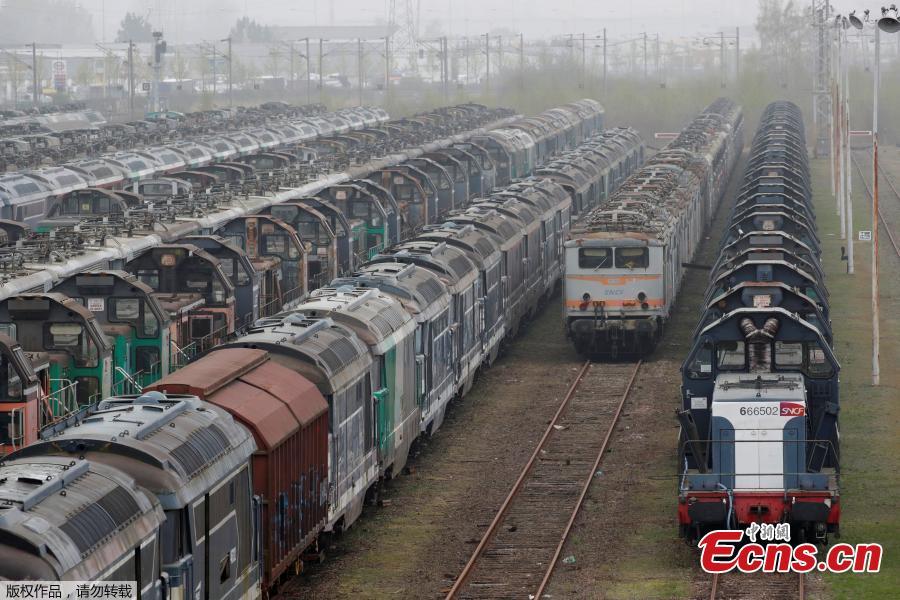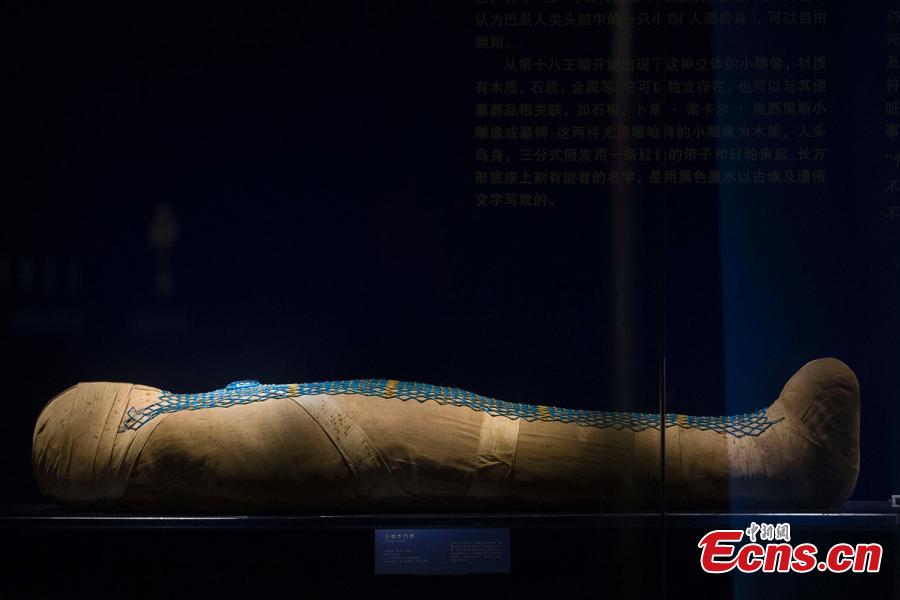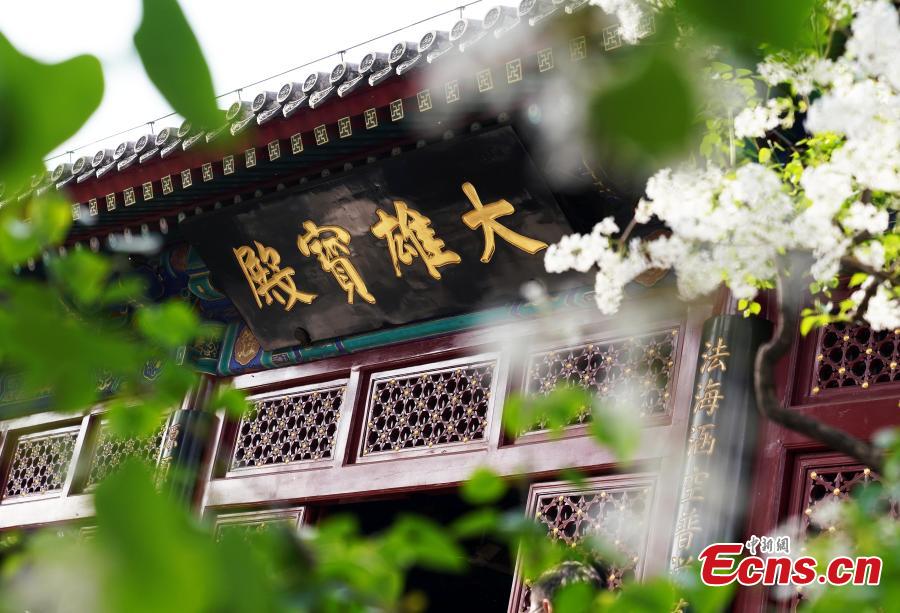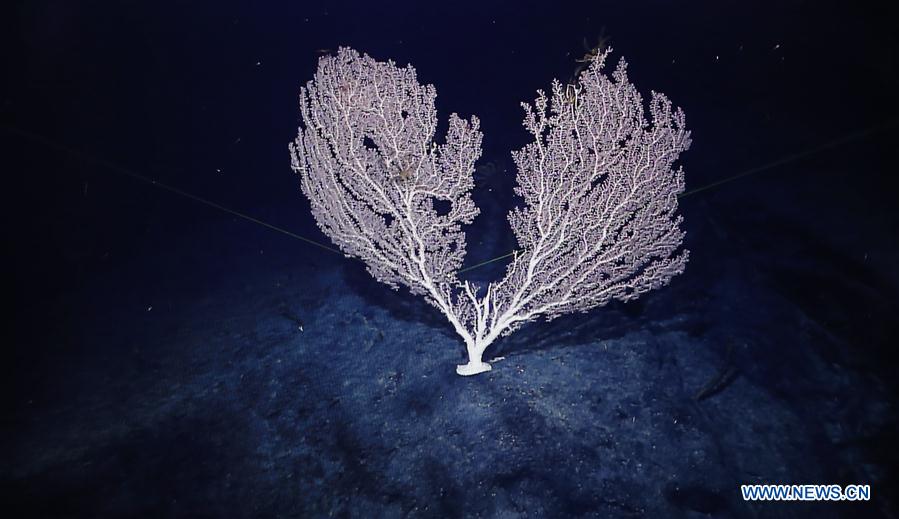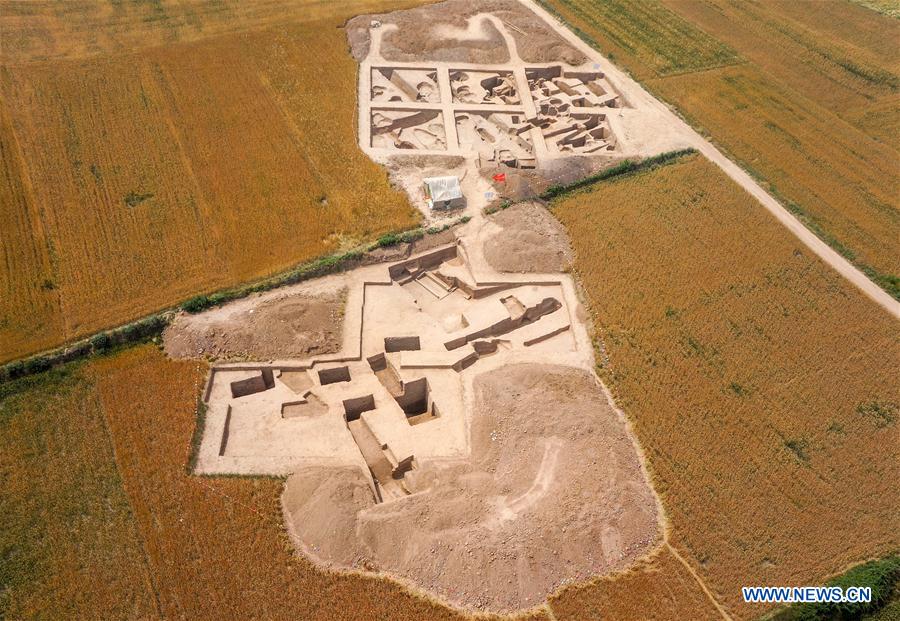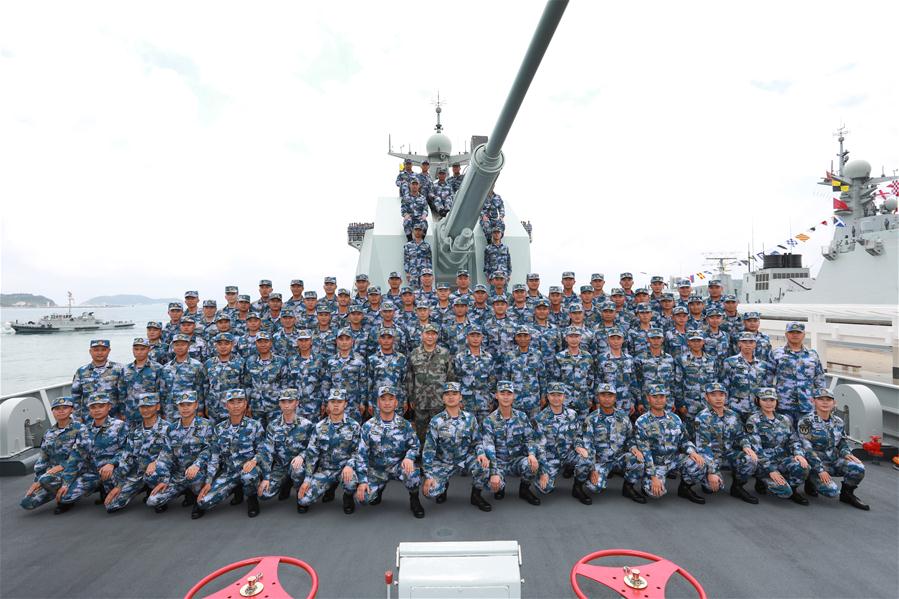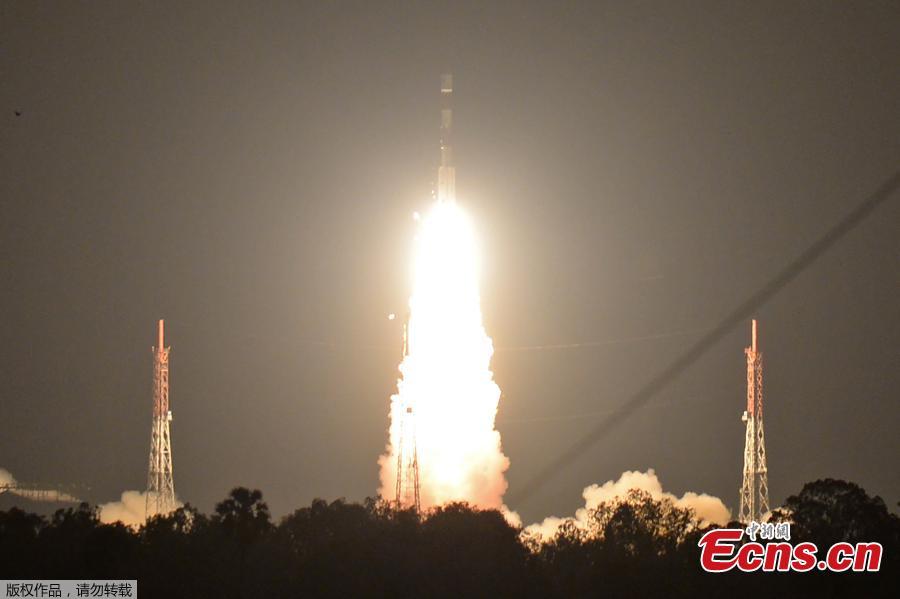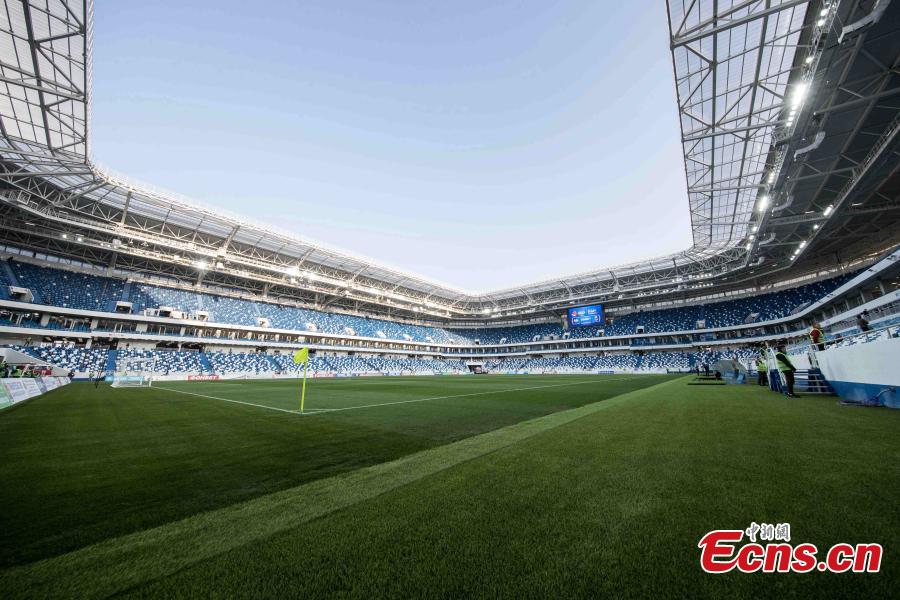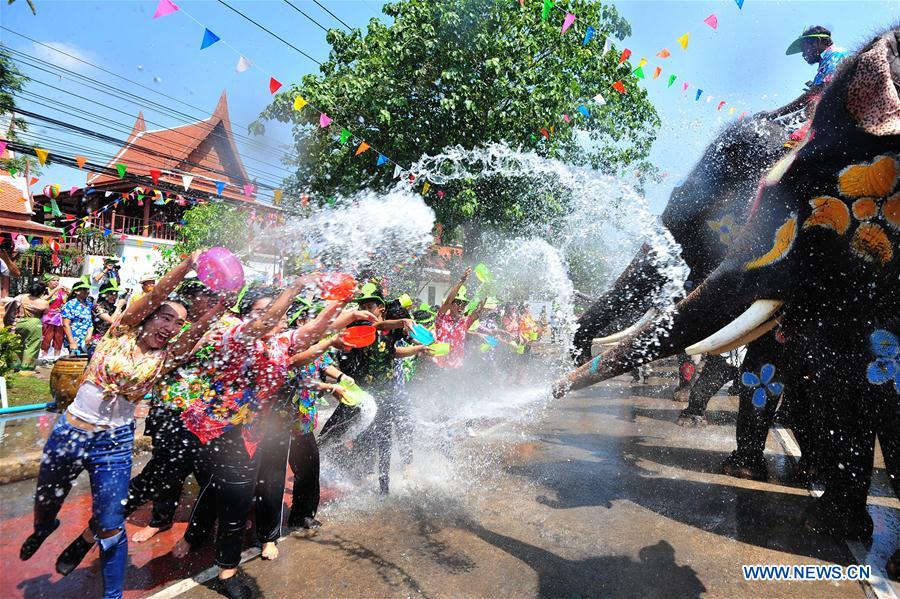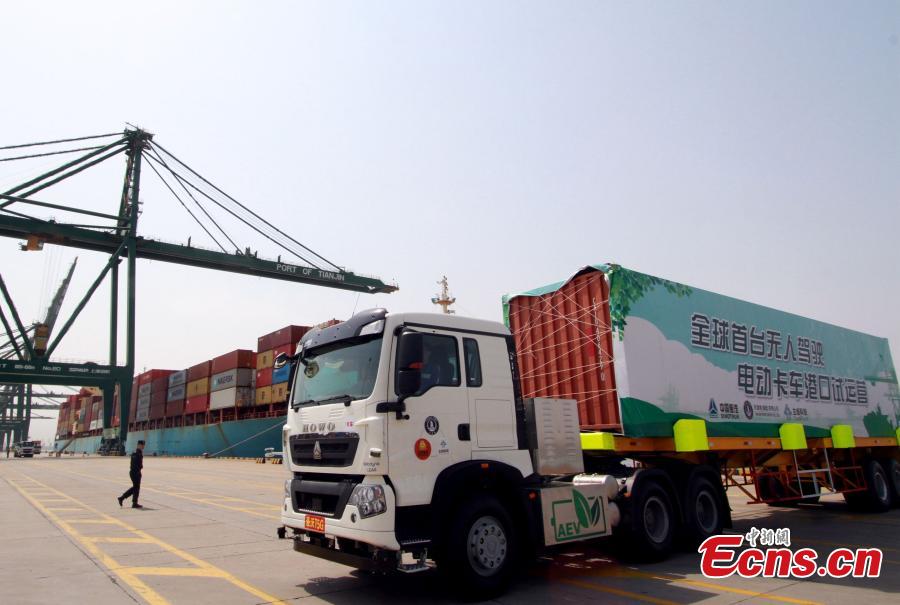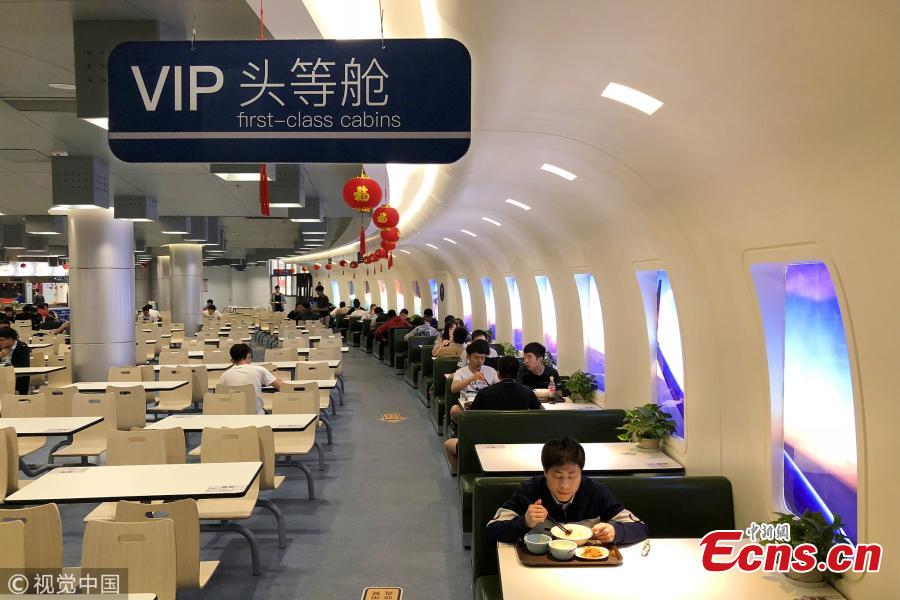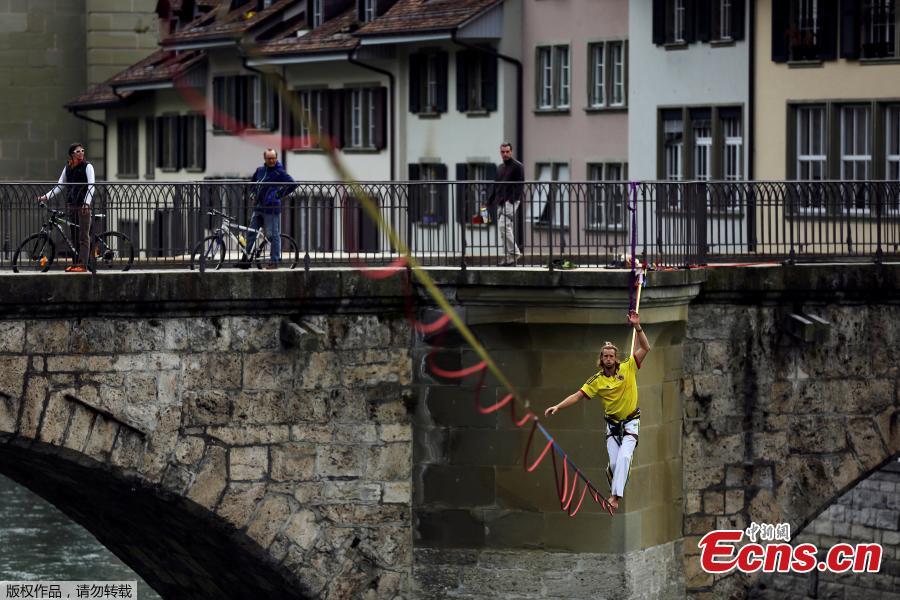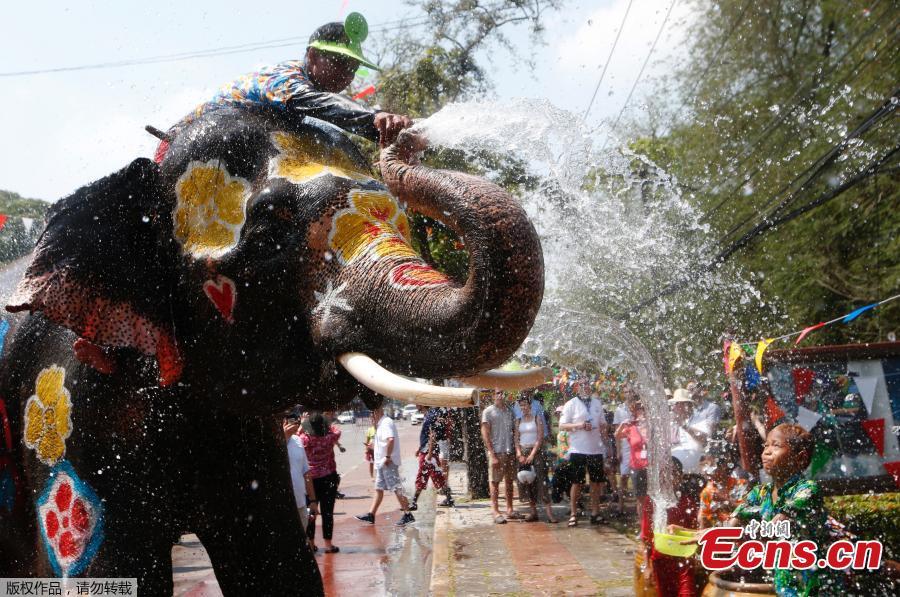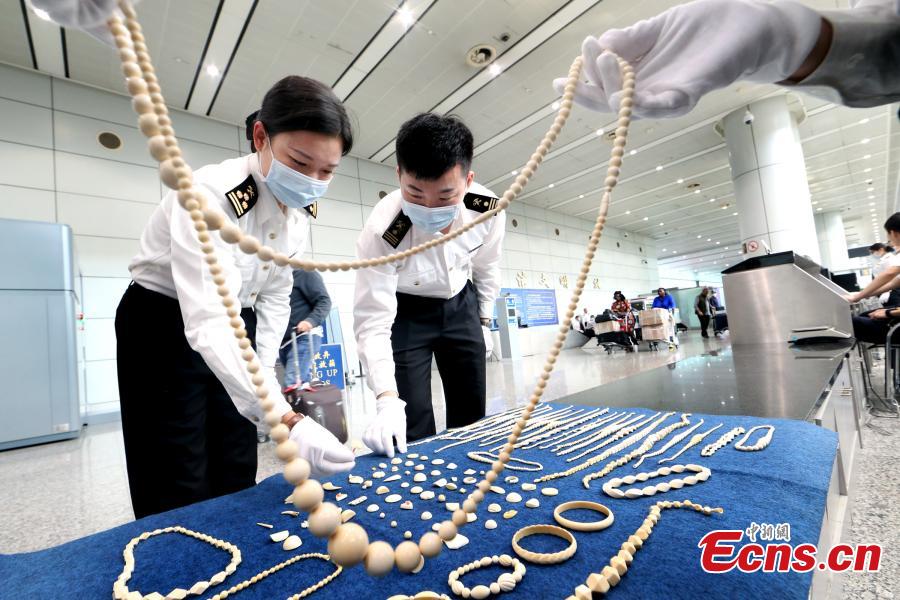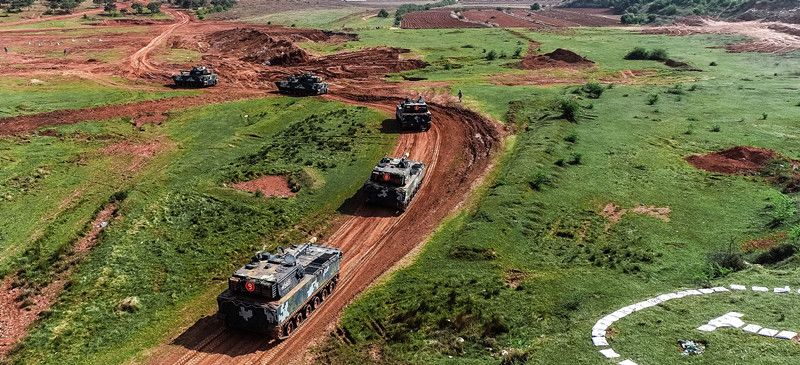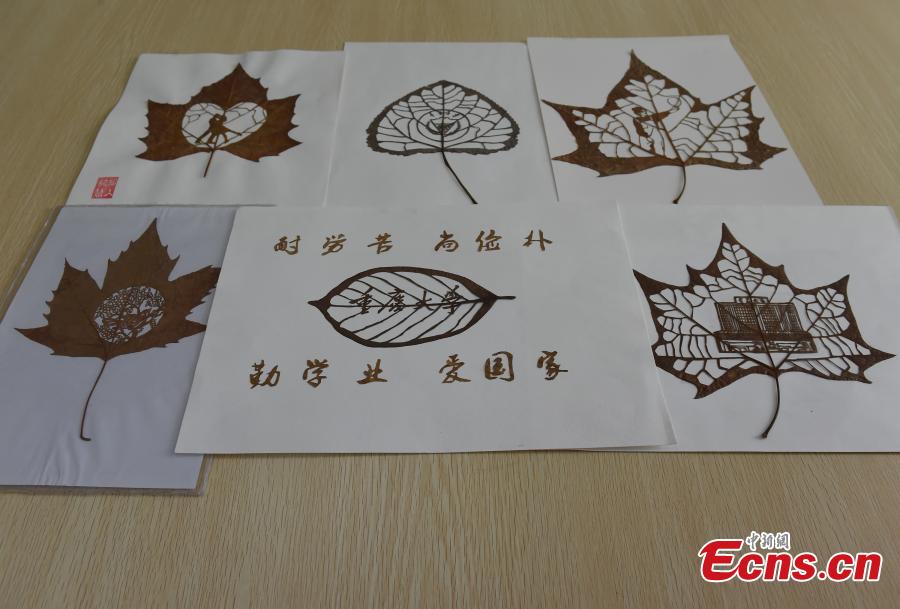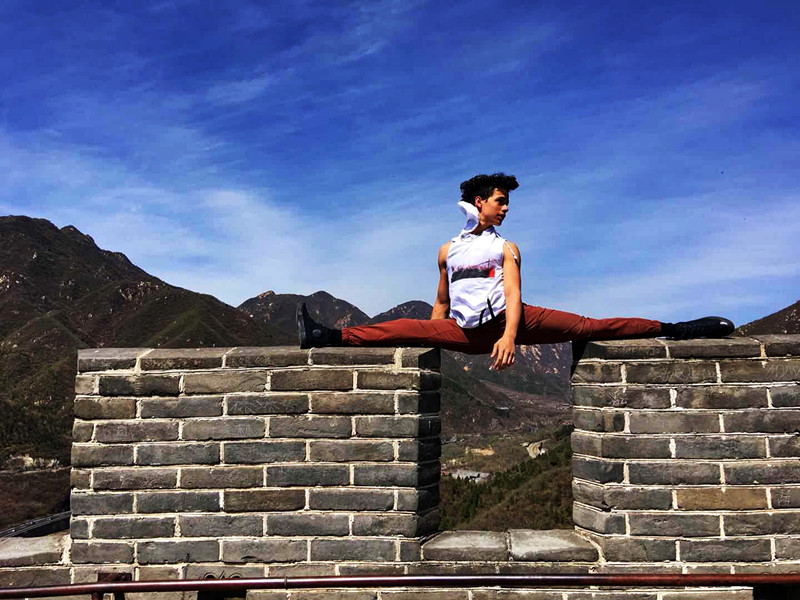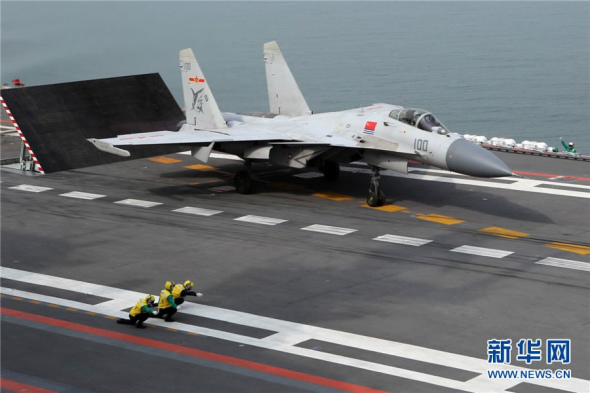
China's carrier fighter J-15, nicknamed "Flying Shark," is the country's first generation multi-purpose carrier-borne fighter jet, with the capability to carry out various tasks. (Photo/Xinhua)
China’s first aircraft carrier, the Liaoning, was commissioned into the People’s Liberation Army Navy in 2012 and work has since been ongoing to enhance its combat capabilities.
The vessel is a refurbished former Soviet aircraft carrier that went through eight years of retrofitting. It is deployed in the Navy’s North Sea Fleet.
The Liaoning is conventionally powered with steam turbines and can reach a maximum speed of no less than 28 knots (51.9 km/h).
Xu Ying is a pilot flying a J-15 fighter jet. He served in the air force before joining the naval carrier Liaoning.
The 17-year veteran says a ski-jump take-off is much easier than landing, which requires more precision on the deck of the carrier. He told CGTN that to fly well and land precisely on the carrier’s deck, one needs a strong body and mind ? a little bit luck of luck also helps.
The Liaoning aircraft carrier has a total flight deck area of more than 15,100 square meters, which is divided into a launching area, a recovery area and a parking area.
It is capable of carrying different types of aircraft, including the J-15 fighters, as well as surveillance and anti-submarine helicopters. Its weapon platforms include anti-air missiles, close-in weapon systems, and anti-torpedo systems.
The main equipment and systems onboard the Liaoning are all domestically developed, involving more than 1,200 types of key technologies.
As part of the aviation support system, the jet blast deflector (JBD), or blast fence, can withstand temperatures as high as 1,800 degrees Celsius. It’s a safety device to redirect the high energy exhaust from the jet engine.
Lu Qiangqiang, the carrier’s executive officer, worked as a frigate captain in the Navy’s North Sea fleet.
He explained to CGTN that every workflow on the carrier was designed by the crew members. It took them years to optimize some of the processes. Over the years, they have greatly improved the efficiency of aircraft launch and recovery.
"This is a very tough process, but we have made it," Lu added.
Since the carrier was commissioned in 2012, the crew has completed hundreds of training and testing programs to improve the carrier’s capability.









